an intruigingly simple model to understand how to create trustworthiness as a unique selling propositions for the future “decisions to be made” economy.
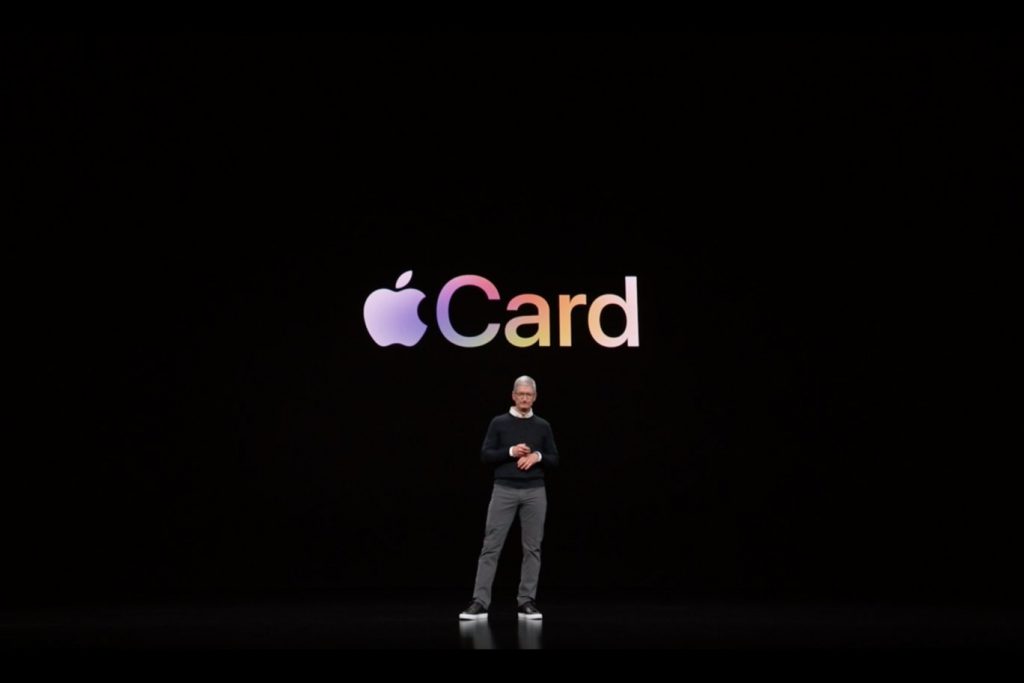
Recently I hosted a Workshop on Trust Design at the Universal Home summit in Gelsenkirchen, Germany – an initiative of leading tech companies to design a positive and integrated future home experience.
At the end of my workshop, I asked the 50+ Executives of Companies like Innogy, Telefonica, Miele, Dornbracht, WMF, ABUS, Medion and Vaillant a simple question in 4 scenarios: „How many games can a soccer coach lose before he gets fired?”
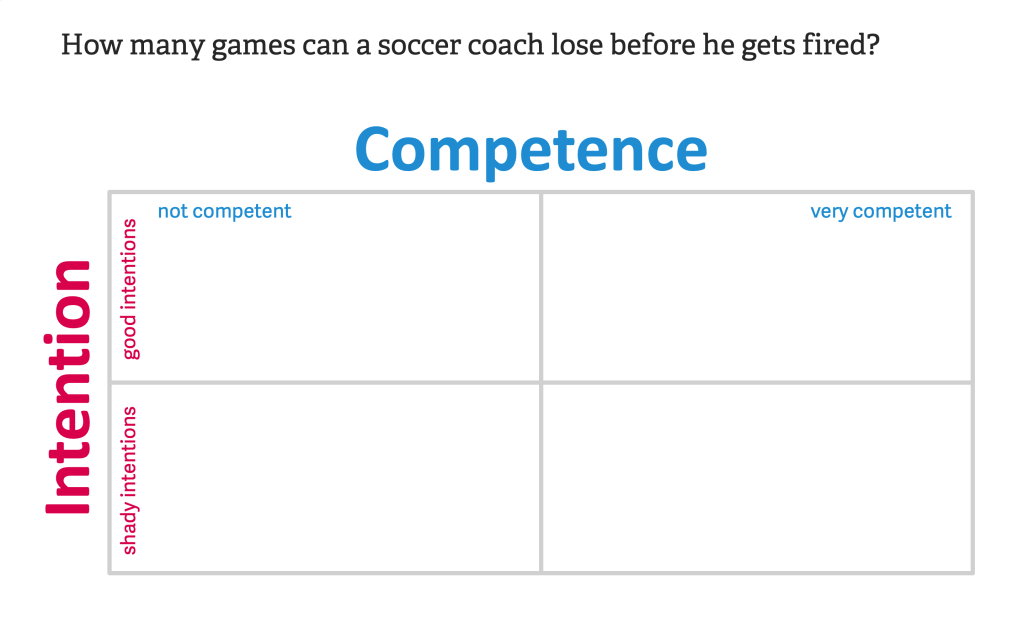
The participants had to write down the amount of games lost before getting fired for 4 different types of coaches:
- The coach appears to be highly competent
and has good intentions towards the club - The coach appears to be highly competent
and has shady intentions towards the club - The coach appears to be less competent
and has good intentions towards the club - The coach appears to be less competent
and has shady intentions towards the club
Before I share the results of this survey, just a few words on why I actually asked this question.
The driving forces to be seen as trustworthy
What are the driving forces to be seen as trustworthy? A question many experts, authors and researchers answer with a variety of qualities like fairness, honesty, openness, integrity, warmth, competence, motivation, communication, transparency, reliability and so on – too many interrelated qualities to actually build up strategies on trust.
Two experts on trust, Rachel Botsman, lecturer at Oxford University, and Professor Andreas Suchanek – a leading expert in Company ethics and trust – who teaches and researches at the HHL Leipzig Graduate School of Management, independently came up with quite similar models on trustworthiness, which seem to be a good starting point for a solid and simple model.
In his book „Unternehmensethik“ Professor Andreas Suchanek defines two key qualities for trustworthiness: “Competence and Integrity“
Quite similar, but with other terms, Rachel Botsman defines the key qualities for trustworthiness as on the one side „Competence and Reliability“ and on the other side „Empathy and Honesty“.
Both authors distinguish between the ability to act and the reason to act.
In behavioural Science, we find the same qualities in the established formula to explain human behaviour – the so called B-COM model. According to the model, behavior is influenced by:
- capability (can the person do it?)
- motivation (does the person want to do it?) and
- opportunity (Is it the right moment to do it?).
When we ask ourselves if we should give somebody the opportunity (the third factor in the B-Com model) to act, trust is the influencing parameter. Trust that somebody is capable and has the right motivation.
Rachel Botsman condenses these two qualities into an intriguing simple formula for trust:
the HOW (Competence, capability, reliability etc…) and
the WHY (intention, integrity, empathy, honesty etc…).
Let’s quickly dive into these two sides of trustworthiness:
- The HOW
This quality is all about the actual ability to act as expected or promised. It’s all about questioning, if someone (or something) can do what it claims to do. Can I trust that bridge? can I trust that chair? Can i trust that the car won’t break? Can I trust that their data protection system is up to date? Rachel Botsman calls this quality „Reliability and Competence“. „Competence comes down to how capable a person is to do something. Does he or she have the skills, knowledge and experience to do a particular role or task, be it cut my hair, mind my children or fly me to Uzbekistan“.
Andreas Suchanek calls this quality „Competence“: „Especially in economy, competence is an extremely important part of trustworthiness. We might be fond of somebody, but if we don’t believe in the persons’s competence, we will not cooperate with him / her, no matter if as client, employer or Investor. Same with companies: if the company appears very likeable, but their products and services are of minor quality or even faulty – we will not buy them.“
Chris Malone and Susan T. Fiske, authors of „the human brand“ – who study how we relate to brands – base their work on a similar pair of qualities. Competence is one of them: „Perceived competence traits include: capable, intelligent, and skilled.“ - The WHY
Andreas Suchanek calls the WHY „Integrity“ and sees it as the „actual core of trustworthiness, as it reflects an attitude to meet justified expectations on trust. He defines main „ingredients“ to be considered :
act according to your promises, official regulations and moral values, taking into account that it sometimes involves opportunity costs.“
Rachel Botsman uses a variety of terms for the WHY like „Empathy, honesty, Intention and Integrity“. For her, the WHY question is all about „What are their interests and motives towards me?“. Basically it’s whether their intentions are aligned with yours“ What do they gain by lying or by telling the truth?“.
Chris Malone and Susan T. Fiske call it „Warmth“ (a term coming from Psychology), “a measure of “worthy intentions” i.e. how worthy (or unworthy) the intentions of other people are towards you. Perceived “warmth” traits include “warm, friendly, honest sincere and trustworthy”. As much as I love the ideas around “the human brand”, they see trustworthiness only triggered by the WHY (the warmth) and forget, that the HOW is as important for trustworthiness.
Take the brand „Made in Germany“: it was mainly build around the HOW side of trustworthiness – the outstanding quality of the products and services produced in Germany. Most German companies still focus on this dimension of trustworthiness. “Our clients trust in our products and services! So the better the quality of our offering, including durability, data and privacy protection, innovation … the more they trust us.” – true, but as we learned they miss out on the second quality – the WHY.
The importance of WHY in trustworthiness will be dominant in the future
The economy of „jobs to be done“ (i.e. a washing machine doing a job for you) is shifting towards an economy of „decisions to be made“ (i.e. in which shares to invest your savings) . An autonomously driving car will still do the driving (the “job to be done“), but with this more and more decisions (including which route to take, how to act in emergency cases or where to make a break) are delegated to „the car“ . We experience this trend in many areas of our life, like:
- Robo Investments decide where to invest your savings
- Banking Algorythms decide if – and with which conditions – you get a loan
- Social network algorithms decide which kind of information you get
The „jobs to be done“ industry was measured by HOW capable companies are in doing something for you – and usually the evaluation of this quality was easy. Can a Miele washing machine wash my clothes with care? Well just look at your clothes and the HOW can be measured. The economy of “decisions to be made“ will be measured by WHY companies are making specific decisions for you – and most often, we can not evaluate this as easy as the HOW. Digital algorithms are not as easy to be evaluated – we need to be able to trust – or we leave.
HOW and WHY together define how trustworthy a person, a company, an employer or partner is seen – which kind of behaviour we expect from them. The WHY is extremely underestimated in Communication, Content, Product Design and and Sales Strategies. Boeing for instance is still seen as a company competent in building great airplanes (the HOW), but with hiding their Boeing 737 max failures far too long and even charging extra for life saving technology, the second quality in trustworthiness, the question on „are they on my side?“ „do they come with good intentions?“ – the WHY – is lost for many passengers – and investors.
Companies with far-sighted marketing strategies – like Apple – understood this early and readjusted their stategy accordingly. But before I dive into this, here is the result of the soccer coach survey I did:
The results of the soccer coach survey
Now you might see the soccer coach survey from another perspective. What I actually did was to put those two key qualities of trustworthiness into a matrix and made the participants rate four sets of HOW and WHY combinantions with a trust score (how many games can he lose before getting fired).
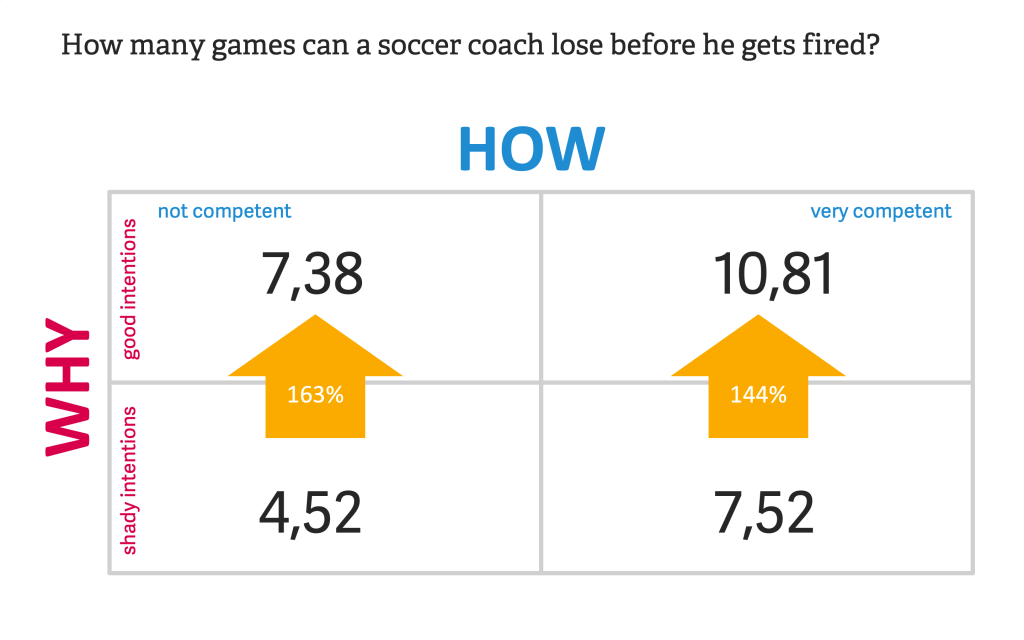
Of course the highly competent coach with good intentions got the highest trust retainer of 10,8 lost games before getting fired. And the coach with low competence and shady intentions he has to leave after only 4,2 lost games. The amazing thing is, that it did not matter if a coach is highly competent but with shady intentions (7,5) or not competent with good intentions (7,4). It might be a sheer coincidence that these two combinations score with about the same value of 7,5 and 7,4. It could be a hint, that, the multiplication of the HOW score and the WHY score results in a solid overall trust score, which could be used for trust measurements and benchmarks. Something we should further investigate.
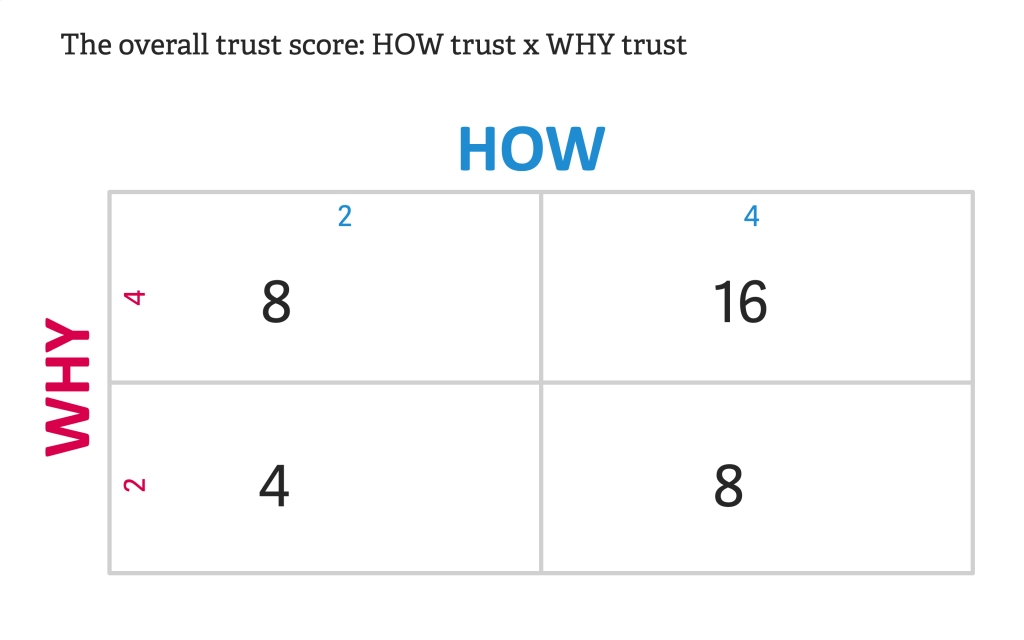
Apple’s communication shifted from HOW to WHY
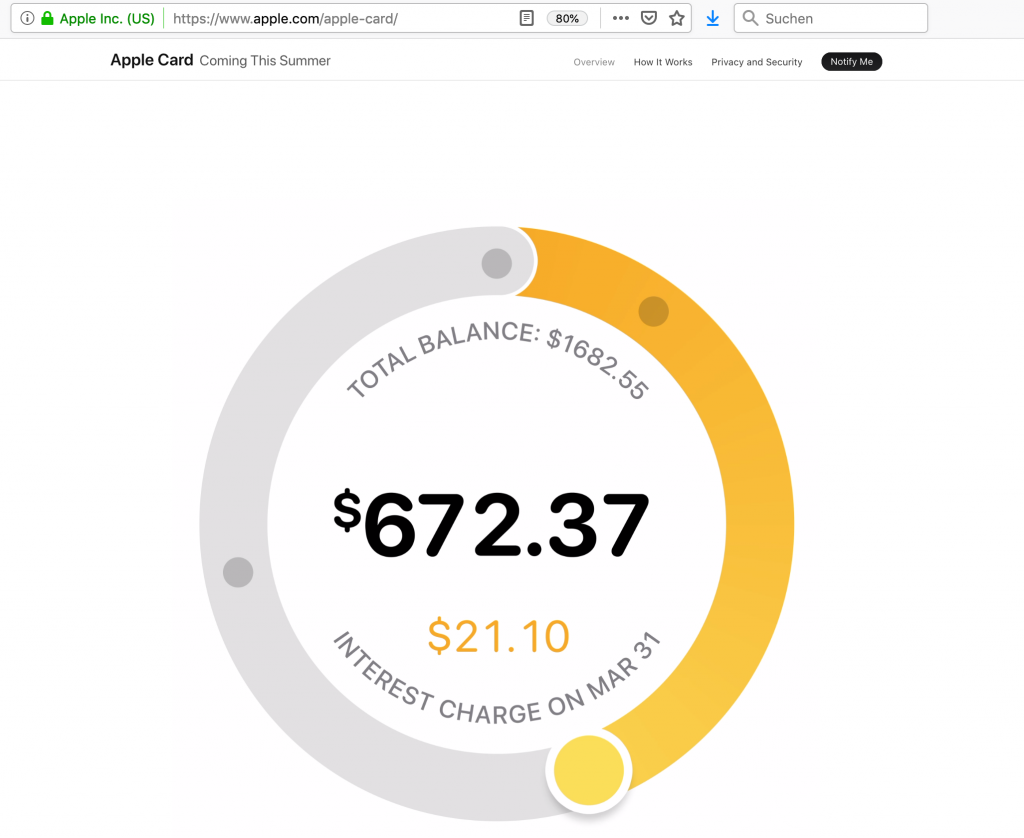
A great example of how companies use this insight to design and foster trust can be observed with Apple launching the Apple Card this year. When we scroll through the Apple Card site, we will mainly see features and content confirming, that Apple is „on our side“, that Apple has good intentions. Note how qualities like “ease of use” and “simplicity” – the unique selling proposition Apple had dor the last 10 years – are still mentioned, but the clear focus today is on showing the good intentions of Apple. With Tim Cook, Trust has become the most important Unique Selling Proposition of Apple – or should I say Unique Relationship Proposition?
The dimension of time completes the trust model
So far we looked at trust as a snapshot, but, as we know, trust increases and decreases in time. There are two main factors to be considered:
1. consistency
We all know the effect of consistent, predictable behavior. Take a baby-sitter who is most of the time super motivated and in time – but sometimes not. The inconsistency has a strong impact on how trustworthy we see the baby-sitter.
Both, Professor Andreas Suchanek and Rachel Botsman, include consistency in their set of qualities. Professor Andreas Suchanek uses the term „integrity“ for the WHY quality in trust. Integrity means „the quality of being honest and having strong moral principles that you refuse to change“ and Rachel Botsman uses „reliability“ as one part of the HOW quality. I think consistency should be seen as a third dimension in trust. It addresses the HOW and the WHY qualities in trustworthiness.
2. expectation
When we evaluate someones trustworthiness, we base our rating on general and individual expectations from our past experiences. Amazon conquered the online market with an extremely generous return policy. Customers could send back anything to their dislike. They didn’t have to explain why and the return itself was made as easy as possible and for free. All that came with high costs for Amazon. What Amazon gained with the policy was consumers trusting that Amazon – unlike the competition – is on their side, whenever a problem occurs. The same policy applied today has become a standard expectation of customers. In 2018 Germans returned 500 million goods using the policy. You can’t beat the competition in trustworthiness with a generous return policy – you just have to offer it not to disappoint customers (and reduce your trustworthiness). Using the KANO model, a generous return policy moved from being an „attractive quality“ (which nourishes trust when achieved fully, but does not cause mistrust when not fulfilled) to „a must-be quality“ (Which, when done well, customers perceive as a given, but when done poorly, decreases customers’ trust). Expectations change and when we measure trustworthiness, we need to consider the customers’ expectation baseline as a reference .
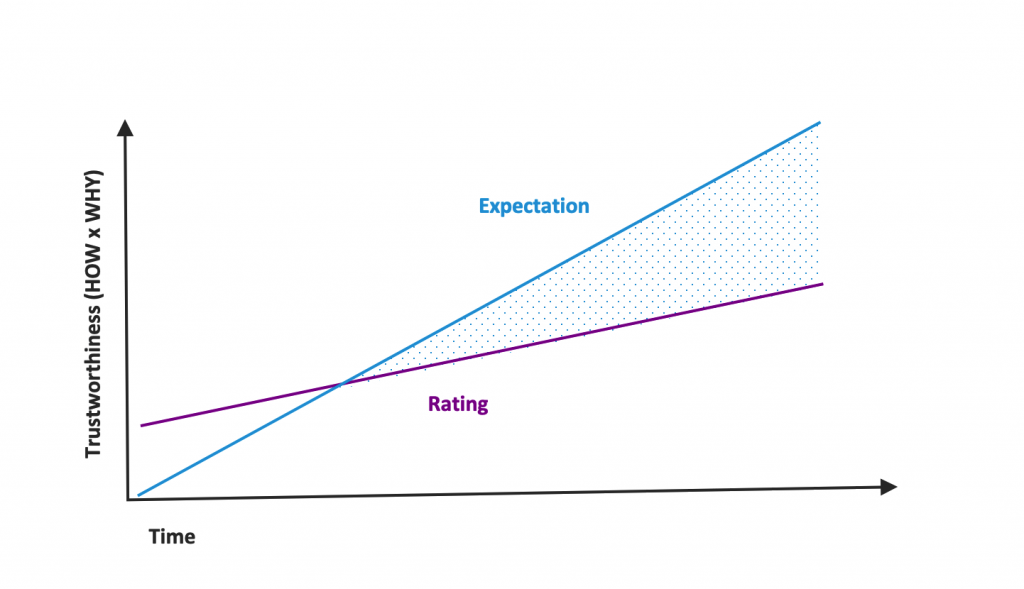
Summary
Trustworthiness is too important not to be properly measured, designed and managed. The definitions of trustworthiness can be condensed into an overall trustscore as a multiplication of two factors: the trust in WHY a person / organisation would act in a certain way and the trust in HOW the person / organisation would act. The trustscore needs to be put into the context of time, including general and individual past experiences on what a “normal” WHY and HOW rate would be (the expectation on trustworthiness) – and the consistency of past experiences.
Within the next posts, I will elaborate this model and how we can use it to design trustworthiness. Interested?
Contact me to see what’s in it for your organisation!
ron.hofer@trustpatterns.org
